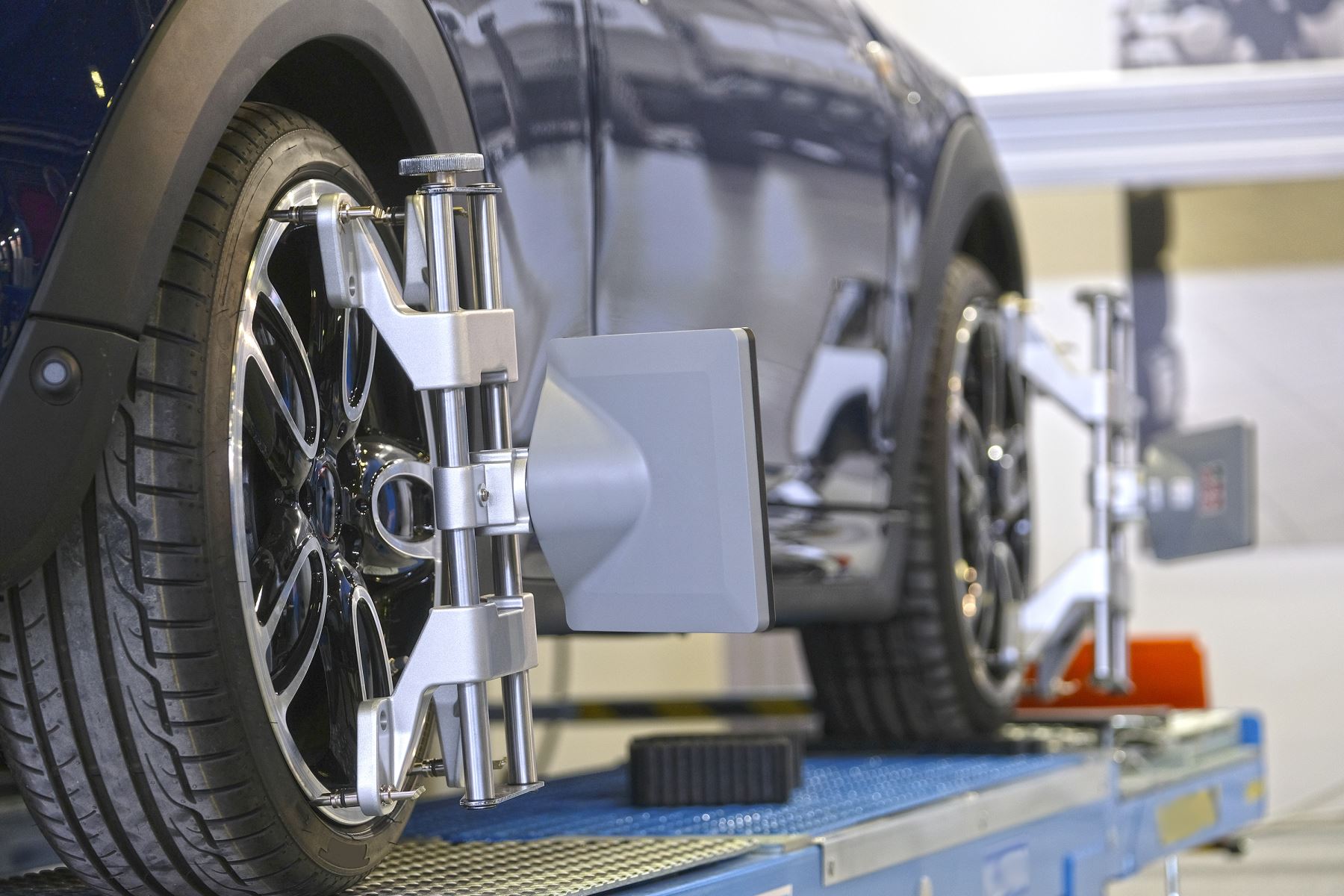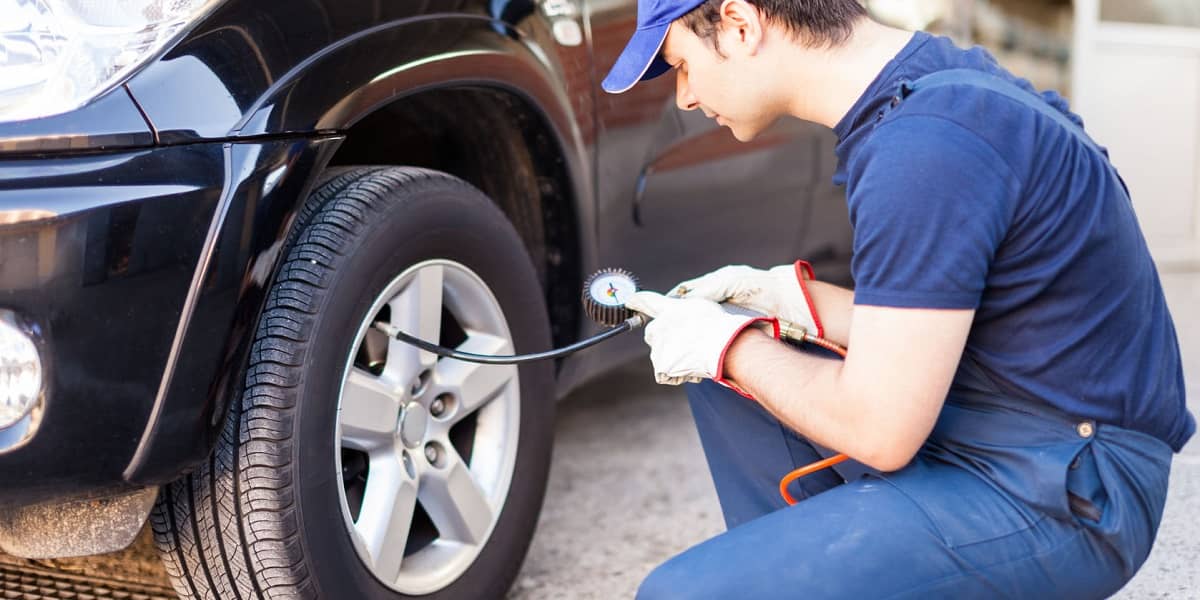All About Wheel Alignment, & its effects on your Car 1000
Your vehicle’s alignment should be crucial to whether you drive a car, truck, or SUV. Your Wheel Alignment significantly impacts how your vehicle behaves while driving, the wear and tear on your tyres and other systems, and how easy it is to relax and cruise around without battling your vehicle. Despite this, many individuals have little understanding of what an alignment is, how it may become out of sync, and what to do about it.
That is why I have come. Look at your vehicle’s alignment, the three essential aspects, and how to identify if everything is okay or if something is wrong. Then you’ll go through what to do if your alignment is off and what to expect from a visit to a service shop. By the conclusion of this, you’ll be a seasoned veteran when it comes to alignment issues, and your buddies will be envious of your newfound vehicle knowledge.
What is a Wheel Alignment?
If you play a lot of Dungeons & Dragons (or even if you don’t), the first thing you should know is that your car will not turn chaotic-evil. “Alignment” in the context of cars relates to the suspension and how it connects the vehicle to its wheels. Your car, truck, or SUV’s wheels will be straight and roll properly, propelling you forward or backwards when everything is in place.
However, alignment adjustments do not directly affect the wheels; instead, they are made to the suspension to ensure that the wheels sit correctly on the road. Your wheels are straight vertical and contact the road underneath you when everything is aligned perfectly. Your wheels will be at an angle due to faulty alignment, which will affect how well your car behaves and how easy it is to drive.
Three Major Aspects of Wheel Alignment
When you bring your car in for an alignment inspection, you ask a mechanic or service technician to look at three things. Each of these is a vital component of the overall alignment; therefore, knowing what they are is essential.
Camber – When looking at your car from the front, the camber of your tyres relates to how they are tilted. While standing in front of your vehicle, facing it, look at your wheels. They should be vertical, perpendicular to the road, and straight up and down. If your tyres’ camber is off, it implies they’re leaning in toward your car (negative camber) or out away from your vehicle (positive camber) (positive camber). Any form of misalignment is a problem.
Toe – Unlike camber, which describes how your tyres lean when viewed from the front, toe describes any misalignment in your wheels when viewed from above. Standing up and staring down at your feet and toes is a good analogy.
Your tyres should be straight and parallel to the centerline of your car when viewed from above. Your tyres are either inclined in toward the center of your car (toe-in) or out away from your vehicle (toe-out) (toe-out).
Caster – Finally, your steering axis’s alignment concerning your wheel’s centerline is aligned. It is more difficult to perceive and isn’t as straightforward as noticing that your tyres are slanted in or leaning toward your vehicle.
A misalignment here implies the axle is twisted either toward you (positive caster) or away from you (unfavorable caster) while you’re driving (negative caster). Don’t be fooled by the labels; both harm your car’s handling and performance.
How to Check Your Wheel Alignment?
While you should have a skilled auto mechanic examine your vehicle’s alignment and make any necessary adjustments, a few signs suggest the alignment is off. Keep an eye out for uneven tread wear on your Wheel Alignment. If you observe that the insides of your tyres are worn out faster than the outsides, the camber may be wrong, causing the tyre to lean inward and wear out on the inside first.
Excessive vibration in your steering wheel while driving may signal an issue with your alignment, especially if you’re driving on a smooth road. If you observe that your car is travelling straight while your steering wheel is at an angle, indicating that you’re correcting for an issue, your alignment may be off.
Finally, you can examine how your car behaves without taking your hands off the wheel. Make sure you’re on an open road with a good straightaway and no one else in the vicinity before letting go of the steering wheel for a few seconds and seeing what occurs. If you keep going straight, your alignment is fine, but you may have a problem if you start to drift left or right.
Consequences of Poor Wheel Alignment
Poor Wheel alignment can negatively affect your car, including how your tyres wear out. Uneven wear and tear indicate that you may have poor contact with the road, which you may not even be aware of depending on how the wear happens.
Because your car is not handling correctly and parts are wearing out more quickly, improper alignment can take a toll on your steering and suspension. Because your break is screwed up, you’ll have to fight harder to drive straight with your vehicle. It can result in a bumpy, uncomfortable ride.
Proper Wheel Alignment Maintenance
Unless you have the necessary equipment and experience, you should get your Wheel Alignment done by a professional. If you see any signs that your alignment is out of whack, make an appointment with a technician or your dealership’s service center to get it checked out. Although this is usually a rapid service, some sites only have one rack available for suspension and alignment maintenance. You can avoid waiting for it to become known by arranging an appointment.
You can look in your vehicle’s owner’s manual to see if there is a suggestion for how often your alignment should be checked and corrected, but it primarily depends on how you drive. Any impact on your suspension, such as hitting a pothole or clipping a curb when turning, might cause it to misalign. If you find concerns with your alignment after a catastrophic accident or similar occurrence, take it in for an inspection and correction.
Otherwise, a routine Wheel Alignment adjustment is a good idea every year or two, depending on how much you drive. If you haven’t had your alignment checked in a while, bring it up when your tyres rotated or replaced. You can guarantee that your complete steering and suspension system is in good working order and that your ride is as smooth as possible. Routine maintenance isn’t very thrilling or pleasant, but it makes driving more accessible and can help prevent significant, expensive problems later on.




